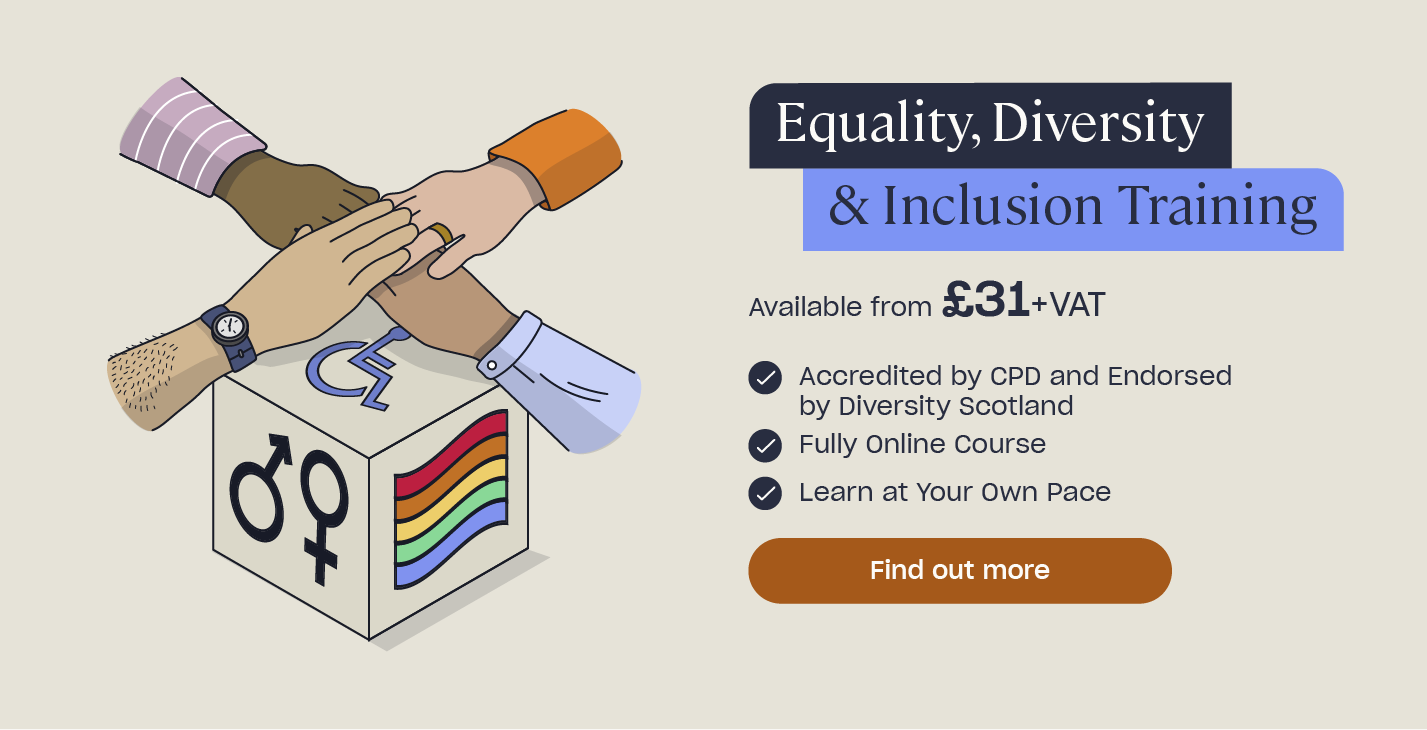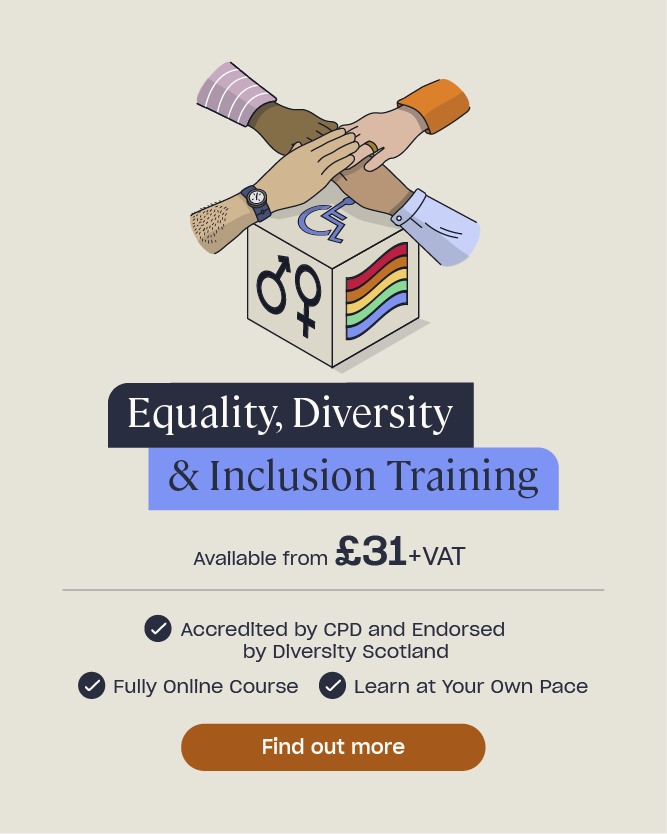How to Help Others Promote Diversity, Equality and Inclusion
The need for equality, diversity and inclusion in the workplace is greater than ever, but knowing how to go about it can be tricky.
It’s down to HR departments and diversity officers to implement schemes to promote a more inclusive and diverse workplace. However, without buy-in from all employees, such schemes may have limited success, meaning that some groups may still experience discrimination.
If you want to support such schemes in your office, you don’t have to be a militant campaigner for change to make a difference. In fact, simply being an advocate for and supporting greater inclusivity, equality and diversity in your office can have an impact.
Know What Discrimination Looks Like
To support greater inclusivity, equality and diversity you need to know how to spot when it isn’t happening. Familiarising yourself with discrimination and the different forms it can take means that you can spot if it happens. It also means you’re in a position to report any issues to management (especially if the discriminated person doesn’t feel comfortable about reporting it themselves).
Know what behaviour to look out for.
Discrimination can be way more subtle than overt behaviour such as name-calling, inappropriate comments or sweeping generalisations.
If you see it happening, make a note of the time, circumstances, people involved and what happened, and report it to your HR department or whoever is responsible for promoting diversity and inclusivity in your office.
Need a Training Course?
Our Equality & Diversity Training helps learners understand more about their responsibilities for promoting equality and diversity in the workplace. It looks at which behaviours are prohibited by the Equality Act and aims to help you promote a fairer, more tolerant and more diverse working environment.
Volunteer for Diversity Events
Events are a great opportunity to promote diversity and inclusivity in the workplace, and you can help these events meet their aims by being quick to volunteer and get involved.
This will encourage others to get involved too because many people are uncomfortable about being the first to sign up for something.
For example, a company ‘Come Dine With Me’ inspired event with a focus on international cuisine would be a great way for people of different cultures to share their country’s cuisine with colleagues, but some may feel shy about putting themselves forward for this.
By volunteering to go first, you’re effectively breaking the ice, and hopefully, others will be likely to follow suit.

Help with Recruitment Events
Increasing diversity among new recruits is an important part of widening team demographics, but committing to diversity goals also means adding additional tasks to the recruitment process.
For example, encouraging job applications from as wide a variety of candidates as possible may mean ensuring that the job vacancy and your organisation as a whole is showcased to people who may not normally be aware of it. That requires further resources.

To help support the recruitment of a diverse set of candidates, volunteer your services in any way you can.
For example, you could help to compile statistics on the demographics of applicants, or you could volunteer your time to be a friendly face representing your company at a recruitment event designed to promote careers to a wider audience, acting as a company ambassador to whom potential candidates can ask questions.
Get Employee Views
The person who’s making these positive changes in your organisation will want to know how their initiatives are being received among employees.
Employees often talk differently among themselves to how they talk to managers. So, you could be a useful set of eyes and ears in gauging the level of engagement among your colleagues. In fact, you may overhear comments or see behaviour that reflects staff attitudes which may not be obvious to senior management or HR.
Try talking informally with colleagues about the changes being made, get a feel for how they’re being received, and then report back to the person or team responsible for increasing diversity and inclusivity.
Voice Your Ideas
Finally, you may also have your own ideas on how positive changes could be achieved in your office, in which case you could voice your own feedback.
You may have come up with ideas as a result of speaking to colleagues. For example, from discussing issues with your co-workers, you might feel that an anonymous staff survey might provide useful insights to the HR department or diversity officer, particularly if you suspect that colleagues may have experiences they wish to share but are too afraid or shy to speak up about them.

Alternatively, you might simply have a great idea for an event that would help further your organisation’s goals of being more inclusive and diverse. Whatever your idea, don’t keep it to yourself: your HR department almost certainly wants to hear your input, as government guidelines encourage actively involving all employees in achieving equality in the workplace.
The success of inclusivity and diversity schemes are reliant on everyone in an office being on board, both engaging with the scheme’s aims and getting involved in events. If you’re quick to support and champion these initiatives, you’ll help encourage your colleagues to get involved too – and the more people who are proactive in taking part, the more likely a scheme is to be successful. The end result is that everybody in your workplace will feel equally respected and valued – and that’s surely worth striving for.
Further Resources:
- Equality & Diversity Quiz
- How Equality & Diversity Improves Your Workplace: Examining the Benefits
- Disabled Access Requirements for Restaurants
- Signs of Conflict in the Workplace
- How to Promote Equality and Diversity in Customer Service
- How to Promote Inclusive Communication in the Workplace
- Equality, Diversity and Inclusion Policies in the Workplace: Free Template
- Why Your Business Needs an Intersectional Approach to Discrimination
- How to Promote Equality, Diversity and Inclusion in the Workplace
- Cross Cultural Awareness Quiz
- Equality and Diversity Training







